Description
The Snows of Kilimanjaro by Ernest Hemingway, Albert Camus, CS Forrester, Paul Gallico, Francis Towers and Tass Wolf, contains five classic short stories from the most beautiful stories in English literature.
In each of the stories in The Snows of Kilimanjaro, we hear the story of one of the protagonists. In the first story, “General Fendexter” and his wife are the only survivors of a generation that tomorrow
They do not, but their thoughts and ideas are constantly flying and soaring, and with deep contemplation they study the cruelty and tragedy of life. For the old general and his wife, there is only one useful thing they can do: rebuild man and the earth.
In the second story, “Daru”, the school principal seeks love and empathy. He tries to create happiness for himself and others. He prefers to be in the ranks of the victims and thus distances himself from the group of oppressors … But what affects the drug more than anything else is that, contrary to appearances, he is a guest and the Arab man is a real landlord!
In the third story, in immature and immature conversations, we see a restless and wide-ranging frenzy, the dictator of “The Merciful Lamb of the Plain of God” suddenly commits murder! A decoupling is a manifestation of a creature that passes through darkness. An undiscovered secret is a body with two different worlds, an angry tiger and a loving moment.
The fourth story is in fact a transition from the turbulent world of war and bloodshed, tired and rebellious to a world with a new spirit: “You have to cross the river and rest on the other side of the trees, all this death is really unbearable!” You have to cross the burning deserts of tears and blood to reach the refinery garden where the birds sing the songs of heaven. In this refined garden, “Liz Biavari”

He gave the most beautiful and precious property of his life to “Simon Byron”, because the angels can not be recognized by their faces.
The last story is about a young doctor who tries to change the fate of a young girl who is struggling with death. The womb and compassion that is imprinted on the forehead of a young doctor from watching a girl suffer is one of the most beautiful moments of human life. But in all that he does, there is no heroism,
Rather, it is a matter of honor, there is no doubt that all writers in their stories are looking for the path of human happiness and well-being.
Ernest Hemingway was born in 1899 in Oak Park, Chicago. His father was a skilled physician. Ernst began writing as a reporter in 1917 with the Kansas City Star. During World War I, he volunteered for the battlefields in Italy, where he served as an ambulance driver.
After a while, he was injured and received a medal of merit. The novels “Farewell to Arms” and “The Sun Still Shines” are relics of this period. He settled in Paris in 1922 and collaborated with writers such as Ezrapand, Gertrude Stein, and James Joyce.
The novel that made him famous was the satirical story of “Spring Floods”, but at the same time, it’s the darkening of Hemingway’s relationship with Gertrude Stein. Hemingway served as a war correspondent during the Spanish Civil War. My long novel “Bells for which they sound” is a relic of that period.
After World War II, he received the Pulitzer Prize for War Reporter in 1953 for his book The Old Man and the Sea, and a year later for the Nobel Prize. “Men without Women” consists of three stories and ten poems, the fifth column, having or not having, in our time, a dangerous summer, death in the afternoon, and other short and long novels.
Hemingway’s writing style is a special style. This style is made up of short sentences that have nothing to do with small sentences, and each has a separate beginning and end for itself. Each of his sentences is just like a separate look at movements and objects. In other words, every sentence comes from nothingness. He does not weave his subjects, but presents them.
Hemingway’s adventure and violence occupied his life. He was passionate about boxing, bullfighting, wildlife hunting, deep-sea fishing, and many of his works reflect his experiences in this field. His style is vivid and explicit, penetrating and at the same time full of unwavering emotions and sympathy with the challenges and aspirations of human beings, which has given bitterness and incredible beauty to his works. Towards the end of his life Ernest Hemingway lost his sight so that he could no longer write. He once said to his wife: Now that I can no longer write, I see no reason to continue living.
Alber Camus is one of the great philosophers of the twentieth century and one of the most famous authors and creators of foreign books. In 1957 he won the Nobel Prize in Literature for his enlightened sincerity in exposing the problem of the human conscience in the present age and for creating significant value in literature.
He studied at the University of Algiers and was the goalkeeper of the university’s football team until he contracted tuberculosis in 1930. Albert Camus is a famous twentieth-century writer, journalist, and philosopher whose ideas have led to the emergence of a philosophy of non-fiction. In his article The Rebellious Man, he acknowledged that he had spent his entire life fighting nihilism and believed in individual freedoms.
Thomas Wolfe was born in 1900. His family also lived in the United States and North Carolina at the time, and Mitan said that Thomas had a typical religious family of classical descent. Thomas Wolfe published his first work, a novel, at a very young age.
This work clearly showed the author’s sense of patriotism. Among his other works, we can no longer return home and mention the story of a novel. In Iran, the story of a novel has been translated and in this book, the author addresses the challenges facing a writer while writing a novel.
In a part of Kilimanjaro Snow Book, we read:
Kilmanjaro is a 19710-foot snow-capped peak and is said to be the highest peak in Africa. Its western peak is called Masai Nagaj “Nagai” which means “house of God”. Near the western peak there is a dried and frozen carcass of a leopard, but no one has explained what the leopard was looking for at that height !?
The man said, “The best thing is that you do not feel pain, and that is why you can feel death approaching!”
The woman said: Really?
The man said: Yes, absolutely!
He added: “I’m really sorry for the bad smell that this wound creates. I know it’s upsetting you.
The woman said: Please do not say this!
The man said: Look at them! I do not know, is it the sight of those carnivores that looks disgusting or the smell of this wound?
The travel bed on which the man was lying was in the shade of a mimosa tree. Behind the shadow, in the expanse of the plain, three large vultures were squatting, while a dozen of them were flying and their shadows were visible on the ground.
The man said: “They have been here since the truck broke down and today is the first time they have landed on the plain!” I’ve been watching them fly, and I once wanted to use them in a story, but now it seems ridiculous.
The woman said: I hope you do not do this.
The man said: I’m just talking! It’s so much easier! But I do not want to bother you.
The woman said: You know that it does not bother me. The thing is, we can’t do anything at the risk of getting nervous. We have to be hard
Do not get caught and control our nerves until the plane arrives!
The book Leaf of the Wind is written by Gabriel Garcia Marquez and translated into Persian by Kaveh Mir Abbasi. This book has been published by Nik Publishing House and published in 130 pages. Its last edition was in 1398 and it can be included in the world story section in terms of subject matter.
1- Introducing the book The Snows of Kilimanjaro on YouTube
2- Introducing the book The Snows of Kilimanjaro in Aparat


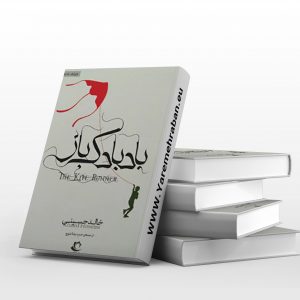
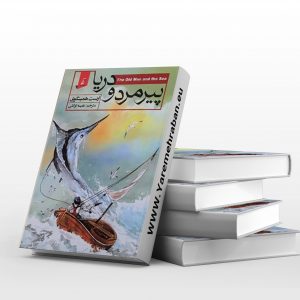

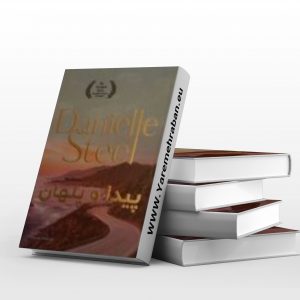

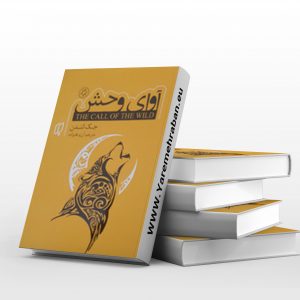
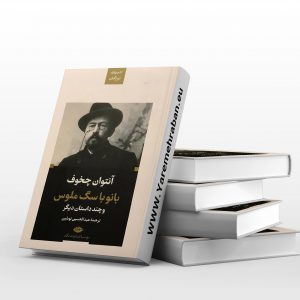
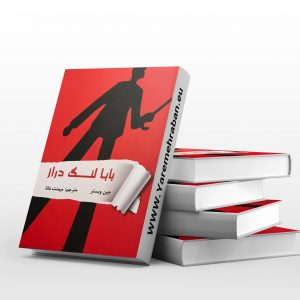
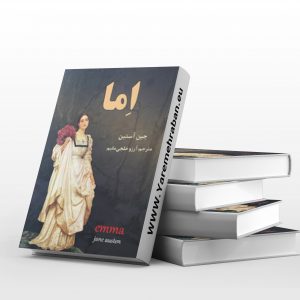

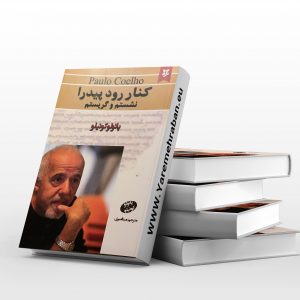

Reviews
There are no reviews yet.